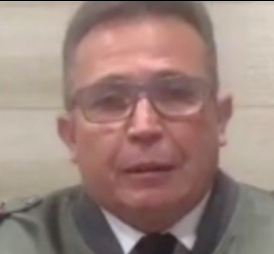
Some relevant history and data points (ie,. nuance) on Bolivia from The Grayzone
The late Philip Agee, a one-time CIA case officer who became the agency’s first whistleblower, explained in his 1975 tell-all book how US intelligence traditionally relied on the recruitment of foreign military and police officers, including embassy attachés, as critical assets in regime change and counter-insurgency operations.
[Editor’s note: Agee worked for Win Scott, CIA station chief in Mexico City and subject of my biography, Our Man in Mexico.)
At least six of the key coup plotters are alumni of the infamous School of the Americas, while Kaliman and another figure served in the past as Bolivia’s military and police attachés in Washington.
[Editor’s Note: Here’s what the non-profit National Security Archive uncovered about the School of the America’s notorious training courses. ]
The leader of the Bolivian armed forces who “requested” the resignation of President Evo Morales, is representative of Washington’s military education programs.
[Williams] Kaliman sat at the top of a military and police command structure that has been substantially cultivated by the US through WHINSEC, the military training school in Fort Benning, Georgia known in the past as the School of the Americas. Kaliman himself attended a course called “Comando y Estado Mayor” at the SOA in 2003. At least six of the key coup plotters are alumni of the infamous School of the Americas, while Kaliman and another figure served in the past as Bolivia’s military and police attachés in Wash
Within the Bolivian police, top commanders who helped launch the coup have passed through the APALA police exchange program. Working out of Washington DC, APALA functions to build relations between U.S. authorities and police officials from Latin American states. Despite its influence, or perhaps because of it, the program maintains little public presence. Its staff was impossible for this researcher to reach by phone.


